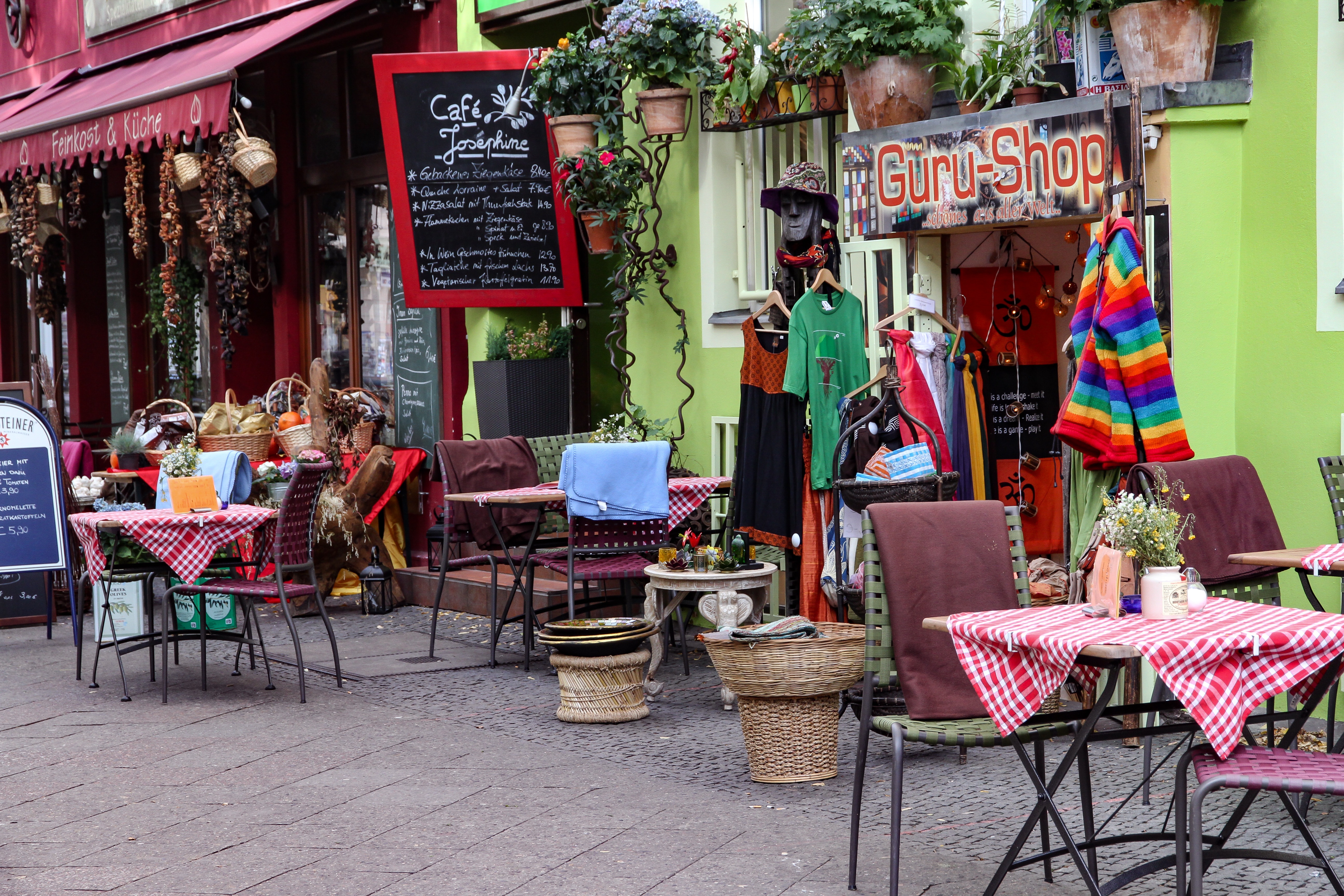Dieser Beitrag enthält Werbung – advertising.
source: pixabay
no English version available!
Be Berlin.
Be in therapy.
Be in the capital of losers.
from: Promijagd
A Life and Berlin
Mannhardt (Hans-Jürgen or Hansjürgen) investigates murder cases in Berlin. The setting alone shows that there is always more than enough work for a detective superintendent.
His first cases date from the 1970s, when Berlin was still a divided city with social hotspots and student unrest. That didn’t change much in the 80s. Then finally came reunification and the Berlin Wall fell. Mannhardt has climbed the career ladder in the meantime, is still active, even if he is slowly heading for retirement. Eventually he retires, but continues to work blithely … (as a private detective!)
He is a part-time lecturer at the College of Administration and Justice, where he lets prospective criminal investigators benefit from his decades of experience. Of course, he can’t help it and gets involved every now and then when there is an interesting murder case. This almost always happens to the annoyance of his successor, or rather the successor team, consisting of Detective Chief Inspector Gunnar Schneeganß and Jessica Schamp (formerly of East Berlin, lesbian). Mannhardt receives support from his grandson Orlando, an aspiring law student (until he drops out … wants to become a detective … finally pursues a completely different career …).
Mannhardt has witnessed Berlin’s history over the past decades and actively contributed to it. His marriage fell apart … He only kept in touch with his grandson … and finally he found a new partner. In the meantime, he enjoys life … doesn’t he? There is no such thing as boredom: he is always engaged in a current case.
I read the novels about Mannhardt in the 70s and 80s. They reminded me of the socially critical novels by Sjöwall/Wahlöö. In the series about Mannhardt, too, the author always dives deep into the social structures and tries not only to solve the criminal case, but also to portray the background and people involved in the crime in quite a broad way.
A novel is therefore always more than just the hunt for the perpetrator, because there is more than just one perpetrator. The social environment often shapes the perpetrator – just as it characterises the victim. In addition, there are enough subplots that also influence and control the crime, even if the perpetrator and the victim do not necessarily notice it directly.
Everyone is guilty – and innocent at the same time. No one lives for himself alone, but his environment sets rules and is defined by the actions of others, even complete strangers. Everyone pursues their own goal – by any means necessary. Everyone seems to be on the edge of legality all the time, or every now and then. All try to hide this – no matter what the cost. It all smells like collateral damage for miles around. In the end, there is always a corpse or even several.
At this point Mannhardt comes into play and tries to resolve the whole situation with all those involved or apparently not involved. And he always tries to remain human – which is not so easy.
Social hotspots, social failure, lame bureaucrats who like to turn a blind eye, bribable local politicians, local business tycoons, lazy policemen who like to hold out their hand: everyone always plays along somehow and provides fuel for the fire. Berlin is no idyll – and the world remains as bad as it is.
Many people appear in the novels who like to be introduced intensively. This leads to a density of the narrative that can be confusing if one does not read with great concentration. The whole picture conveyed in the novel becomes complex, more complex … In addition, there is a strong fixation on the transport options in Berlin (in detail!) and the road network when one goes from A to B – at least in the last novels, which in my view is a bit too much of a good thing.


